Women In Construction: Safety & Protection
The primary safety and health hazards for the construction worker are: falls, being struck by/against (falling object, machinery), caught in/between (trench cave-ins, between vehicle and object), electrocution, musculoskeletal disorders (lifting, awkward postures, repetitive motion, hand-tool vibration, flying/falling objects), and exposure to a variety of chronic health hazards (noise, silica, asbestos, manmade fibers, lead and other metals, solvents, hazardous wastes, heat, and extreme cold).
While these health and safety issues affect both men and women, women working in construction have additional safety and health concerns, and some safety and health hazards have a greater impact on female construction workers. Inadequate physical protection, a possibly hostile work environment, and their status as a small fraction of the construction workforce are factors that add to women’s concerns.
The construction industry as a whole is facing a nationwide crisis with respect to the availability of qualified labor. With the demand for labor outstripping supply, construction employers need to expand their recruitment efforts to previously untapped labor sources, including women. Thus, they need to ensure that the work environment is “woman friendly.”
The number of women employed in the U.S. construction industry grew substantially, by 81.3% from 1985 to 2007; however, due to a loss of over 2.5 million construction jobs from 2007 to 2010, there has been a sharp decline of women working. Since its peak in 2007, more than 300,000 women workers left the construction industry by 2010. While only 9% of U.S. construction workers are women, which is a relatively small percentage compared to other industries, there were still over 800,000 women workers employed in construction (i.e., managerial, professional, administrative, and production employees) in 2010. Of those, approximately 200,000 were employed in production occupations, such as laborers, electricians, plumbers, etc.
Today, nearly 60% of women aged 16 and over participate in the workforce. While women have made some gains in occupations traditionally occupied by men, construction trades remain overwhelmingly male dominated. In 1970, when OSHA was enacted, women made up less than one percent of workers in the construction trades. By 1995 that percentage had only grown to 2.3 percent. The small percentage of females working in the construction trades and the serious health and safety problems unique to female construction workers have a circular effect. Safety and health problems in construction create barriers to women entering and remaining in this field. In turn, the small numbers of women workers on construction worksites foster an environment in which these problems arise or continue.
In addition to the primary safety and health hazards faced by all construction workers, there are safety and health issues specific to female construction workers. These safety and health hazards in construction create barriers to women entering and remaining in this field.
Very little information has been collected on the safety and health concerns of women construction workers. The report, Women in the Construction Workplace: Providing Equitable Safety and Health Protection, summarized findings from three studies that were designed to help identify and understand the health and safety hazards encountered by female construction workers. The first study, conducted by Chicago Women in Trades (CWIT), used mail surveys, phone interviews, and focus groups to ask 200 Chicago area tradeswomen about issues affecting their work. Although safety and health were not the primary foci of the study, concerns about these issues were uncovered in the responses to other questions asked in the study. The second and third studies were conducted by NIOSH.
Fifty-five tradeswomen participated in the first NIOSH study through focus groups, one-on-one interviews, or surveys. Using the findings from the first study, the second NIOSH study collected data from 213 tradeswomen during half-hour phone surveys. The two NIOSH studies focused specifically on health and safety issues affecting women construction workers. The findings support the importance of creating policies and initiatives to address and improve the working conditions faced by tradeswomen.

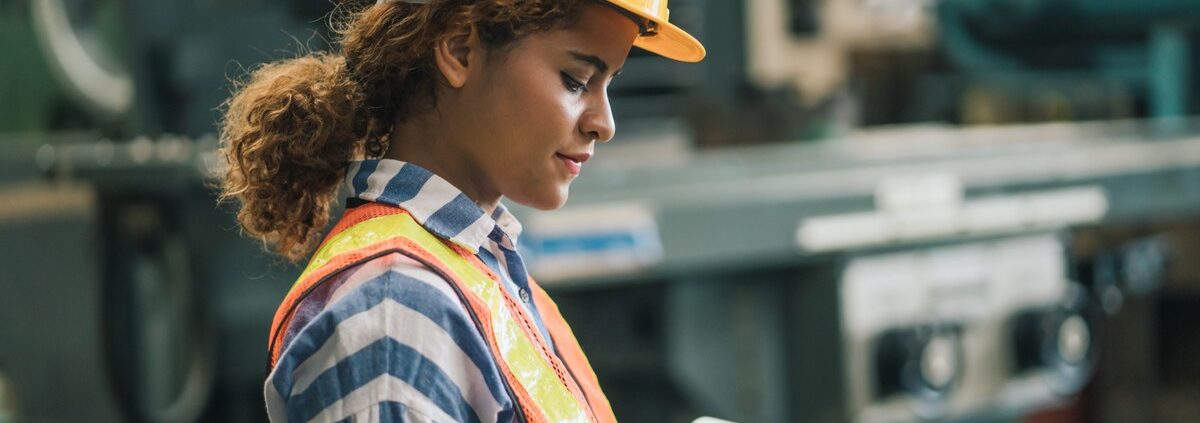

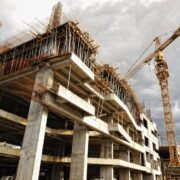
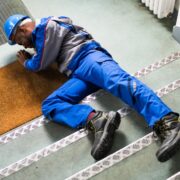
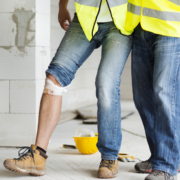


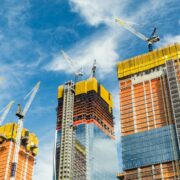
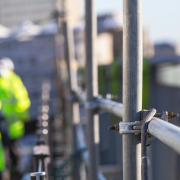


Leave a Reply
Want to join the discussion?Feel free to contribute!